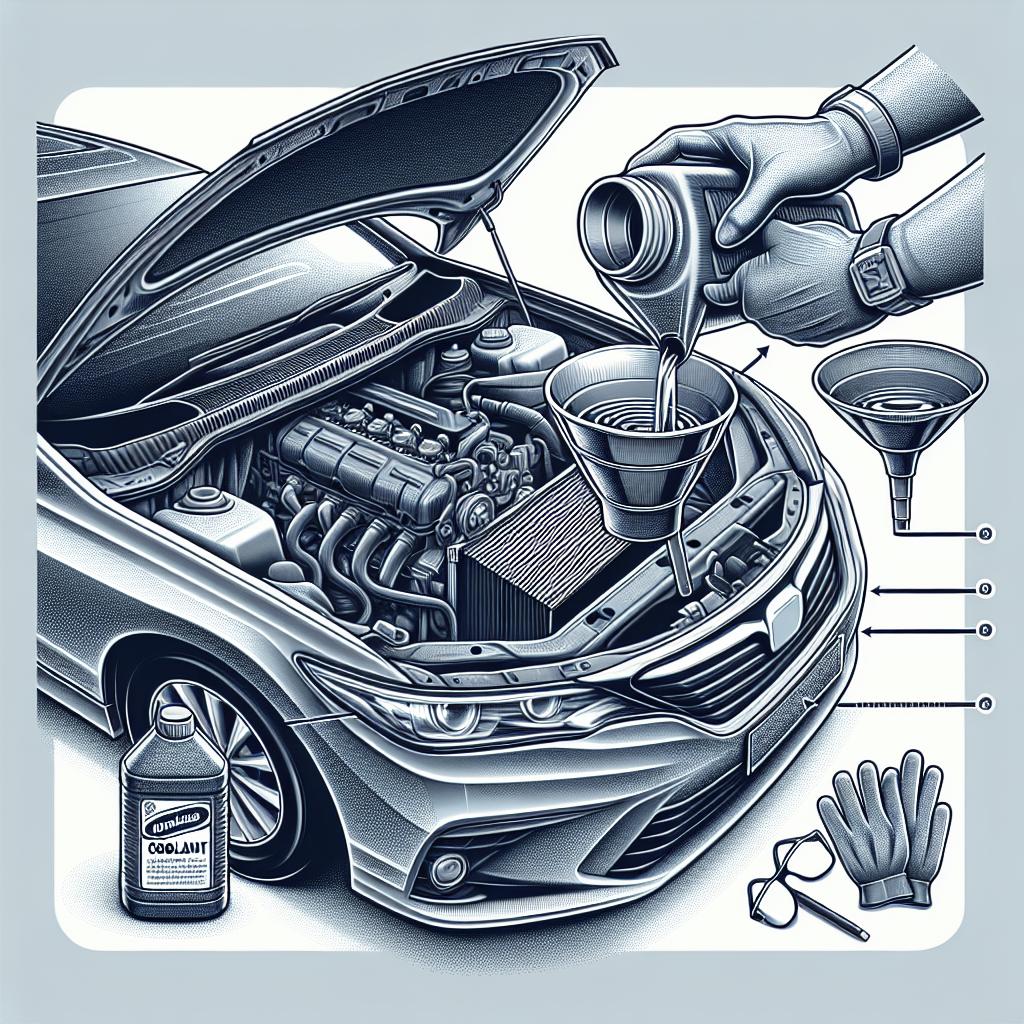“`html
The Benefits of Carbon Fiber Car Parts
Carbon fiber has revolutionized the automotive industry with its unique properties and benefits. From reducing weight for better fuel efficiency to enhancing performance and aesthetics, carbon fiber car parts have become increasingly popular in modern vehicles. This blog post explores what carbon fiber is, its properties, how it’s made, and its application in the car-making industry. We will also delve into BMW’s M Performance Parts to see a practical example of carbon fiber in action. Finally, the content is concluded with a summary table to encapsulate the key points discussed. Let’s dive into the world of carbon fiber and discover the key benefits it brings to automotive engineering.
3 Quick facts about carbon
Carbon is one of the most abundant elements on Earth and forms the backbone of organic chemistry. It is known for its ability to form stable bonds with many elements, making it extremely versatile. Carbon manifests in various forms, including graphite, diamond, and carbon fiber, each with distinct properties.
Perhaps one of the most fascinating properties of carbon is its ability to combine with other atoms to create structures that are both lightweight and durable. This property is exemplified in carbon fiber, which is a popular choice for automotive parts due to its strength-to-weight ratio.
In addition to its structural applications, carbon’s chemical properties allow for technological innovation, such as in energy storage and conversion. This makes carbon-based materials highly significant even beyond the realm of vehicle manufacturing.
What is carbon fiber?
Carbon fiber is a material consisting of thin strands of carbon atoms that are tightly woven together. These strands are often combined with a resin to form a composite material. The resulting composite is not only strong and lightweight but also highly resistant to environmental degradation.
The strength of carbon fiber comes from the intricate weave of carbon filaments, which are about five to 10 micrometers in diameter. Each strand of fiber can be thinner than a human hair yet stronger than steel by weight, making it an ideal candidate for high-performance applications.
In terms of flexibility, carbon fiber possesses the ability to be molded into various shapes and forms, allowing designers and engineers to experiment with innovative designs that would be impractical with traditional materials like steel or aluminum.
How is carbon fiber made?
The production of carbon fiber starts with a precursor material, which is typically polyacrylonitrile (PAN), although cellulose or pitch can also be used. The first step is to stretch and heat this precursor material in a process known as stabilization, which aligns the carbon atoms in a parallel fashion.
Once stabilized, the fibers are subjected to a carbonization process, where they are heated to extreme temperatures in an inert atmosphere to remove non-carbon elements. This leaves behind a series of strong carbon bonds. The carbonized fibers are then washed and surface treated before being combined with a resin to produce the final composite material.
Advancements in manufacturing technologies have improved the efficiency and scalability of carbon fiber production. As a result, the costs associated with carbon fiber manufacturing are decreasing, making this high-performance material increasingly accessible for mainstream applications.
What are the properties of carbon fiber?
Carbon fiber’s standout properties include its exceptional strength-to-weight ratio, stiffness, and thermal resistance. These characteristics make carbon fiber superior to traditional metals in various applications, particularly those requiring durability and weight reduction.
In addition to being lightweight, carbon fiber boasts high tensile strength, meaning it can withstand a significant amount of stress without breaking. This makes it particularly useful in the automotive industry, where vehicle weight directly impacts performance and fuel efficiency.
Additionally, carbon fiber is resistant to corrosion and chemical damage, thus increasing the longevity and reliability of the car parts made from it. These properties are crucial for automotive components that are constantly subjected to harsh environmental conditions.
How and where is carbon fiber used in car-making?
Carbon fiber is utilized in car-making primarily to reduce weight and improve mechanical performance. High-performance and luxury cars often incorporate carbon fiber in parts like hoods, roof panels, and body frames, which benefit greatly from reduced material weight and increased strength.
Furthermore, carbon fiber is used in critical components such as engine parts and drive shafts where performance and durability are paramount. The weight savings achieved translate to better acceleration, handling, and braking, creating a more dynamic and enjoyable driving experience.
The aesthetic appeal of carbon fiber, with its distinctive patterned appearance, also adds a touch of luxury and modernity to vehicle designs, making it a desirable addition for both manufacturers and consumers alike.
BMW M Performance Parts
BMW’s M Performance Parts illustrate the practical application of carbon fiber in the realm of premium automobiles. These tailor-made enhancements provide not only a sporty and dynamic look but also improve aerodynamics and handling. Components such as spoilers, diffusers, mirror caps, and even interior trims are crafted from carbon fiber to enhance both form and function.
The integration of carbon fiber within BMW’s performance range underscores the significance of lightweight materials in unleashing a vehicle’s full potential. With an emphasis on precision engineering, BMW capitalizes on carbon fiber’s properties to deliver an optimal driving experience with improved agility and efficiency.
BMW’s use of carbon fiber is a testament to how advanced materials can push the boundaries of automotive design, offering enthusiasts an insight into the future of high-performance and sustainable motoring.
Always stay up to date
In the fast-paced universe of automotive technology and materials science, staying informed about the latest trends and advancements in carbon fiber applications can open doors to new innovations. Continuous learning is crucial for anyone interested in the automotive sector, whether a professional or an enthusiast.
Following industry news, attending automotive expos, and subscribing to automotive magazines or blogs are effective ways to remain current with developments in materials, technology, and automotive design.
How does this sound?
As the automotive industry continues to evolve, the role of carbon fiber as a versatile and effective material alternative is bound to expand. Its benefits are clear: reductions in vehicle weight, increases in performance, and enhancements in design aesthetics.
The widespread adoption of carbon fiber components is redefining what is possible in vehicle manufacturing. It is a testament to how material science, when harnessed correctly, can significantly influence automotive dynamics and efficiency.
More articles
For those interested in learning more about the automotive sector, the potential of carbon fiber, and other groundbreaking trends, consider diving into additional articles and publications. Exploring diverse topics within this space will enrich your understanding and appreciation of how technology is reshaping the future of transportation.
Summary of Main Points
| Topic | Key Points |
|---|---|
| 3 Quick facts about carbon | Carbon is abundant, versatile, and forms the base for innovative materials like carbon fiber. |
| What is carbon fiber? | A composite material made from carbon strands, offering remarkable strength and lightweight properties. |
| How is carbon fiber made? | Produced by stabilizing, carbonizing, and mixing carbon fibers with resin to enhance physical properties. |
| What are the properties of carbon fiber? | High strength-to-weight ratio, tensile strength, corrosion resistance, and thermal stability. |
| How and where is carbon fiber used in car-making? | Used in body panels, engine components, and interiors for reduced weight and improved performance. |
| BMW M Performance Parts | Illustrates carbon fiber’s use in enhancing vehicle aerodynamics, appearance, and performance. |
“`


